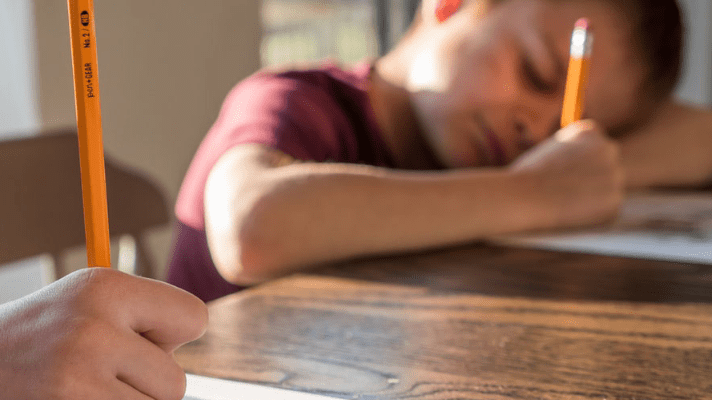
Given the ongoing threat of COVID-19, it’s no wonder that many parents are hesitant to send their children back to crowded classrooms. Although there’s no doubt that kids benefit from both socialization opportunities and the expertise of trained teachers, many families feel the risk is too great to return to conventional schooling so soon. As a result, some parents have set their sights on homeschooling this fall.
No doubt, there’ll be a number of changes to contend with. Juggling your child’s education with your other responsibilities will be no easy feat, nor will it be the ideal learning situation for every student. But once you get to know your state’s laws and the required curriculum, how can you increase your child’s chances of success? Here are a few tips to get you started on the proper preparations.
Use Tech and Other Resources To Your Advantage
The U.S. consumer electronic market was worth $301 billion in 2019, and it’s likely that your family has spent more time in front of screens than ever as a result of the pandemic. Understandably, you might be worried about how much of your child’s education takes place via e-learning. But experts say that the quality of media consumed matters far more than the time spent looking at a screen — so if the resource provides a lot of value, you don’t need to feel guilty about using it as part of your child’s education. There are plenty of online resources that you can use to supplement your own knowledge, which can take a lot of the pressure off to instantly become a certified educator.
Don’t Feel Restricted to Normal School Days
Although your child might normally spend seven hours at school, remember that there’s actually a lot of wasted time as part of a normal school schedule. That means there’s no reason to put pressure on yourself or your kids to partake in conventional learning for long stretches of time. If it works better for your family to break up the day in different ways, go with that. Keep in mind that there are a lot of activities that can promote cognitive and skill development that may not necessarily be covered as part of the homeschooling curriculum.
Research studies have shown that a performing arts education plays an integral role in improving proficiency in academic performance, so don’t shy away from creative activities outside of the textbook. As long as you’re covering necessarily material and sticking to a regular schedule, your child will stand to thrive even more if you educate with their interests in mind. Don’t forget to factor in play and physical activity! Engaging in just 10 minutes of exercise or movement every day can help you improve mobility, increase your lifespan, and help your kids work off excess energy while learning important concepts for a healthy lifestyle. Although PE may not be a requirement in some educational facilities, there’s no reason you can’t add it to your regimen.
Find Groups For Support
Now that more parents are taking an interest in homeschooling, there’ll be lots of families who need support from those who are a bit more experienced. Don’t assume that you have to figure all of this out on your own. Seek out Facebook groups, internet forums, and websites that can provide answers to your questions. While there haven’t always been as many resources for secular homeschoolers, this is now becoming such a popular option that more are popping up. Keep in mind that there is support available for both parents and kids — and you’ll probably need to take advantage of it. Switching to homeschooling can be a difficult adjustment, but you won’t feel as discouraged if you know who to turn to for assistance.
Ultimately, your child’s education is a deeply personal decision — and there’s no one right answer in the midst of a pandemic. No matter which option you choose, there will be concerns and sacrifices your family will have to make. But by preparing as well as you possibly can, you’ll be able to muster the confidence to face this challenge head-on.

[…] learning style, it should be easier to figure out what kind of teaching style to use and what homeschooling curriculum you should enroll them in. For example, kids who have visual learning style tends to […]